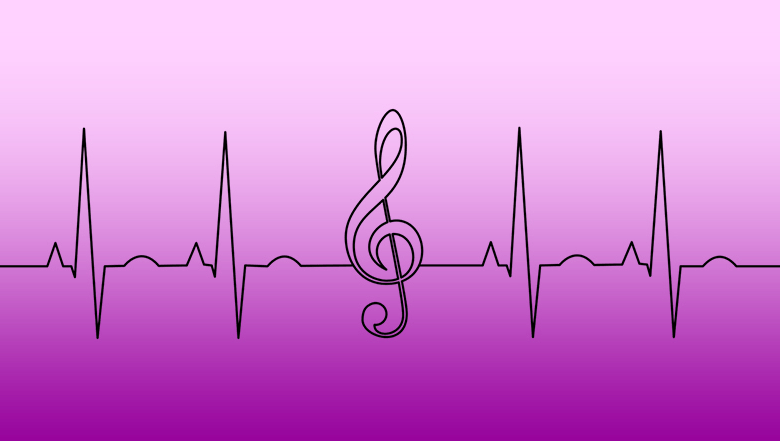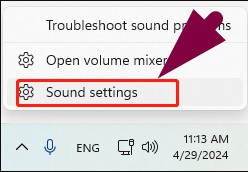Melody, harmony, and rhythm are all music languages that directly speak to our soul. Do you agree with me? Well, the universal answer is yes!
Out of these languages, rhythm is essential, as it gives life and movement to music. At the heart of the rhythm lies the concept of beats, which act as a pulse for organizing musical time. Everything in music revolves around the beat; if written notes are words, then rhythm is the letter that composes and organizes every word and sentence.
If you are curious to know more about beats in music, then let’s go in-depth!
What Exactly Are the Beats: Knowing the Basics
Firstly, it is essential to define beats before diving deep into them. So, the beats, in the context of music, are a regular and repeating pulse that establishes the speed of music. To put it simply, it is a pulse that divides time into equal segments. It serves as a fundamental basis around which other musical components align.

You’re essentially feeling the beats when you nod your head or tap your foot in tune with the music. Beats are mainly grouped into measures, which are musical divisions with a specific number of beats.
For instance, there are four beats per measure in a piece of music in 4/4 time (which is called “four-four times”). The initial beat of each measure is usually the strongest beat, and these beats are usually highlighted in the pattern of strong and weak pulses.
This makes it easier for listeners to follow along and feel the rhythm by giving the music a sense of consistency and structure.
Primary and Secondary Beat Types: How the Musicians Use Them
Did you know there are two types of beats based on their importance and emphasis within a musical piece?
Well, if you want to become a musician, then it is a must-know thing for you to convey the intended rhythm and feel of a musical composition to the audience. Here is the information regarding the two types of beats:
Primary Beats
These are the powerful beats that usually appear on the downbeats, which are the initial beats of every measure. The song feels stable and anchored because of the primary beats.
Secondary Beats
The weaker beats that fall in between the primary beats are called secondary beats. They enhance the rhythmic structure’s complexity and appeal while also contributing to the song’s flow and energy.

During a performance, musicians frequently distinguish between primary and secondary beats using dynamic accents and vocalization. Performers can communicate the profound features and subtle rhythmic intricacies of the music by highlighting the key beats and delicately expressing the secondary beats.
Composers may create a variety of moods and feelings in their music by adjusting the beats. For instance, fast and energetic beats might imply a sense of excitement and thrill, whereas steady, quiet beats may convey a sense of peace or reflection.
The way beats are arranged affects dancing moves and styles that correspond with various music genres.
Beats from a Variety of Musical Genres
Did you know that the vibe, energy, and danceability of each genre are greatly influenced by the beats’ qualities and rhythmic patterns?
Now, you will see how beats appear in a few different types of music:
1. Rock and Pop
The backbeat is highlighted by the simple, driving beats seen in rock and pop music. Beats two and four in a 4/4-time signature are usually emphasized by the backbeat, which produces a powerful and danceable groove. Rock and pop beats heavily rely on the drums, especially with the use of snare drum accents on the backbeat.
You can listen to the rock and pop beat of Michael Jackson in the “Billie Jean” song from his pop hit list.
2. Hip-Hop and Rap
Beats, or grooves, are the rhythmic patterns that propel hip-hop and rap music. These beats usually consist of generated or recorded instruments and repeating drum loops. Hip-hop mainly focuses on the downbeat.
You can experience the hip-hop beat by listening to the song “Love Yourself” by Eminem.
3. Jazz
Often departing from traditional metrical patterns, jazz is defined by intricate and syncopated rhythms. Jazz beats often include swing rhythms, synchronization, and off-beat phrasing.
You can feel the rhythmic complexities of jazz beats by listening to “So What” by Miles Davis.
4. Reggae
The “One Drop,” a unique offbeat rhythm that emphasizes the third beat of the measure, is a defining feature of reggae music. The rhythmic structure, together with the accents of syncopated guitar and keyboard, produces a relaxed groove that is uniquely reggae.
You can experience reggae classics by listening to Bob Marley’s “One Love.”
So, these were some of the popular beats from different musical genres. You will definitely fall in love with these beats once you listen to them.
The Psychology Behind Beats: Influence on Listeners
In addition to the technical aspect, beats also have a strong psychological effect on listeners. Studies have proved that the patterns of rhythms might affect our emotions, thoughts, and body movements.
Fast-paced beats may inspire or energize the listeners, while slower beats can encourage a feeling of rest. Moreover, beats are essential for promoting unity in society and engagement, especially in venues where people come together to enjoy things like dance clubs, festivals, and concerts. Beats can break cultural or linguistic barriers and promote a sense of unity among the audience.
The Bottom Line
Hence, by knowing the importance of beats and their various genres, you can enhance your enjoyment of the diverse range of rhythms that rule the music industry.
So, the next time you hear a pleasant track and find yourself tapping your foot to it, take a moment and think about how the complex beats that are playing beneath the surface are accelerating the music ahead with each pulse.
Understanding the beats in music is crucial when coordinating large-scale productions, concerts, or live events. A reliable wireless intercom system greatly enhances communication among your production team, ensuring everyone stays perfectly synchronized to every beat.
FAQs
Q1: How are beats counted in music?
The beats are counted in a series of regular pulses. There are 4 beats in a measure of 4/4 time, and each beat is counted as 1, 2, 3, 4.
Q2: What are downbeats and upbeats?
In music, downbeats, which are the first beat of the measure, are typically emphasized. The beats that come in between the downbeats are known as upbeats.
Q3: Why are beats important in music?
The beats are very important in music because they act as a foundation to establish the structure of all other musical elements. They support the rhythm of the music.
Q4: What is the difference between a beat and a rhythm?
The beat is the constant pulse that underlies the music, whereas the pattern of long and short sounds and silences over this pulse is known as rhythm. Combining beats with varying durations produces rhythm.

































.png)








